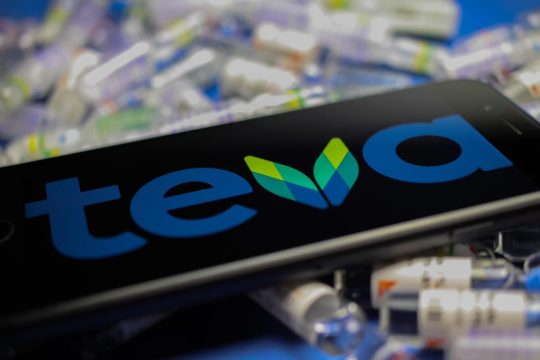Advertisment
ISH/BSH 2016 Abstracts and Posters: Results from the NCRI Myeloma XI trial
Charlotte Pawlyn and John R Jones (both of Institute of Cancer Research, London) and Ruth de Tute, St James’s University Hospital, Leeds.
by Maria Dalby: Quadruplet therapy with a second-generation immunomodulatory drug (IMiD) and proteasome inhibitor (PI) is well tolerated and effective in newly diagnosed multiple myeloma (MM) patients who are eligible for autologous stem cell transplantation (ASCT). Results from the Myeloma XI trial show that quadruplet therapy with carfilzomib, cyclophosphamide, lenalidomide and dexamethasone (KCRD) was superior to triplet regimens with thalidomide (CTD) or lenalidomide (CRD) even when the latter were sequenced with additional PI therapy in patients with suboptimal response. The results were presented at the BSH/ISH congress 2016 by Dr Charlotte Pawlyn of the Institute of Cancer Research (ICR).
The rationale behind this analysis in the Myeloma XI trial was the improvement in outcomes in transplant-eligible patients with newly diagnosed MM when the response to the induction treatment is maximised. Triplet regimens with IMiDs and/or proteasome inhibitors constitute the standard of care; for a more personalised approach triplet combinations can be given sequentially based on the response. New-generation PIs provide an opportunity to investigate whether quadruplet therapy may be even more effective whilst minimising the risk of increased toxicity. The objective of this analysis of transplant-eligible patients with newly diagnosed MM in the Myeloma XI trial was to evaluate the safety and efficacy of KCRD compared with CTD and CRD, and to determine whether sequential CVD could upgrade a poor response to initial triplet therapy.
A total of 2,034 transplant-eligible patients with newly-diagnosed MM were randomised to receive KCRD (n=275) or either CTD (N=879) or CRD (n=880) in a sequential regimen with additional bortezomib (CVD) in patients with a suboptimal response (<VGPR) prior to ASCT. Patients in the CTD and CRD arms received a median of 5 cycles of treatment, compared with a median of 4 cycles in the KCRD arm. The rates of grade 3 or 4 haematological toxicity in the KCRD, CTD and CRD arms, respectively, were 10%, 6.5% and 11% anaemia, 7.1%, 1.9% and 4.2% thrombocytopenia, and 15%, 12% and 22% neutropenia. Serious adverse events were reported for 45%, 33% and 36% of the patients in each arm, respectively.
The efficacy analysis showed that whilst the investigator-reported response rates (CR+VGPR) following initial induction were significantly higher in the CRD arm compared with CTD (62% versus 55%; odds ratio [OR] 1.38; p=0.0014), even higher and impressive response rates were seen in the KCRD arm compared with the triplet therapy arms (82% versus 62% and 55%; OR 4.4; p<0.001). Additional sequenced therapy using CVD in patients who failed to achieve an optimal response to the initial triplet therapy resulted in a deepened response; however, even when applying the best possible scenario across the entire population the predicted response rates were inferior to quadruplet therapy.
Additional results from the Myeloma XI trial reported at the BSH/ISH congress 2016 included the risk of developing a second primary malignancy (SPM) during lenalidomide (± vorinostat) maintenance therapy after ASCT. Out of 1,366 patients who received maintenance treatment, 835 patients received lenalidomide and 531 patients were monitored. A total of 104 SMPs were confirmed as trial-related, with an overall incidence of haematological SPM of 0.5%. Around half of the patients (52%) who developed an SPM had received lenalidomide as induction therapy. The highest SPM incidence was seen amongst patients aged over 74 years who were non-eligible for transplantation and receiving lenalidomide maintenance – this patient group had a 3-year cumulative SPM incidence of 18.8% compared with 7.9% in the observation arm (p = 0.072).
The Myeloma XI trial also confirmed that patients who are non-eligible for transplantation and who achieve minimal residual disease (MRD) negativity following CTD or CRD induction therapy had significantly longer progression-free survival compared with patients who were MRD positive (34 months versus 19 months; hazard ratio [HR] 0.38; p<0.0001). There was also a trend towards longer overall survival amongst MRD-negative patients (HR 0.41; p=0.053) and the authors concluded that MRD is a powerful predictor of outcome and should be a therapeutic goal in this patient group.





